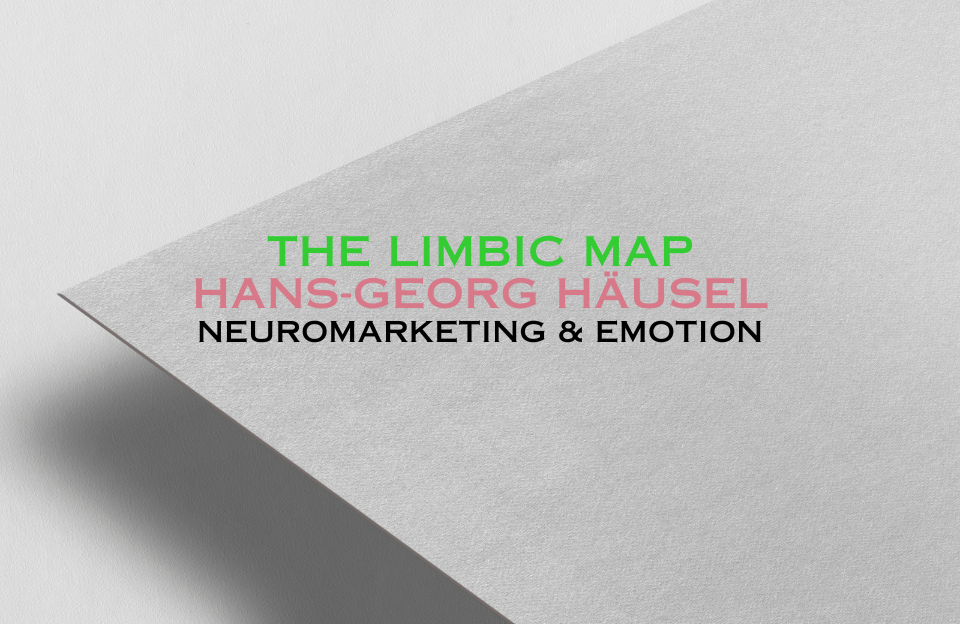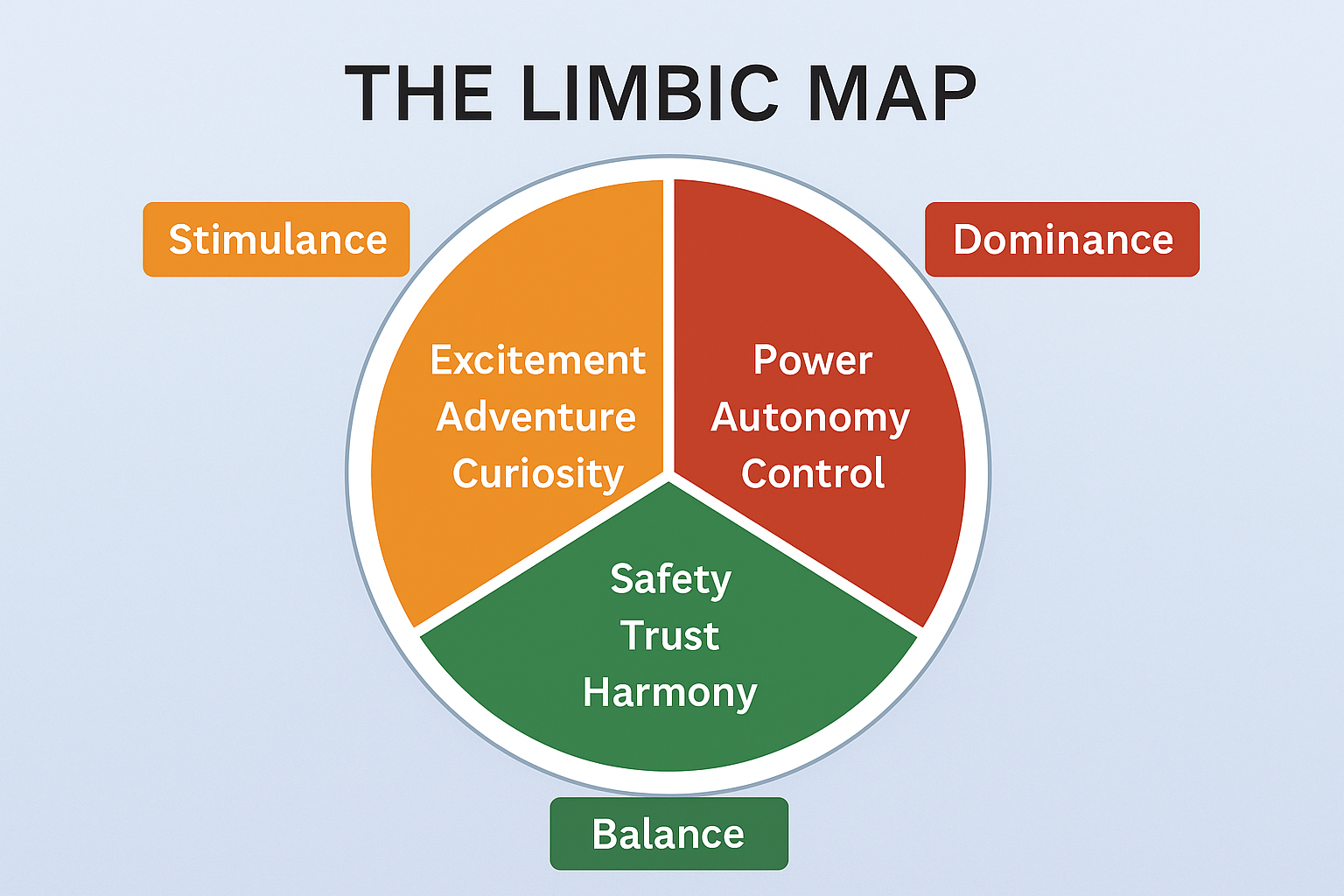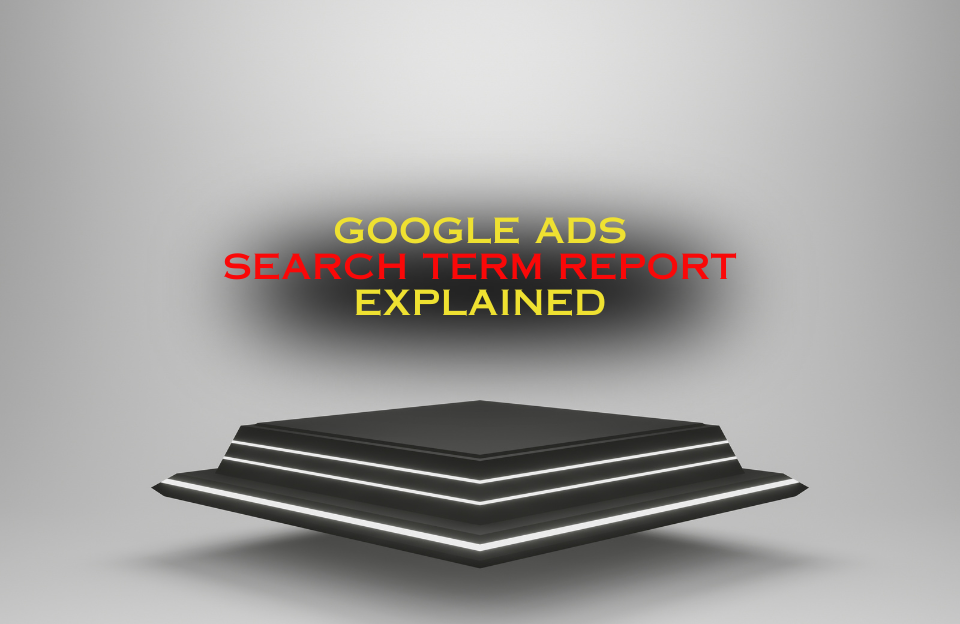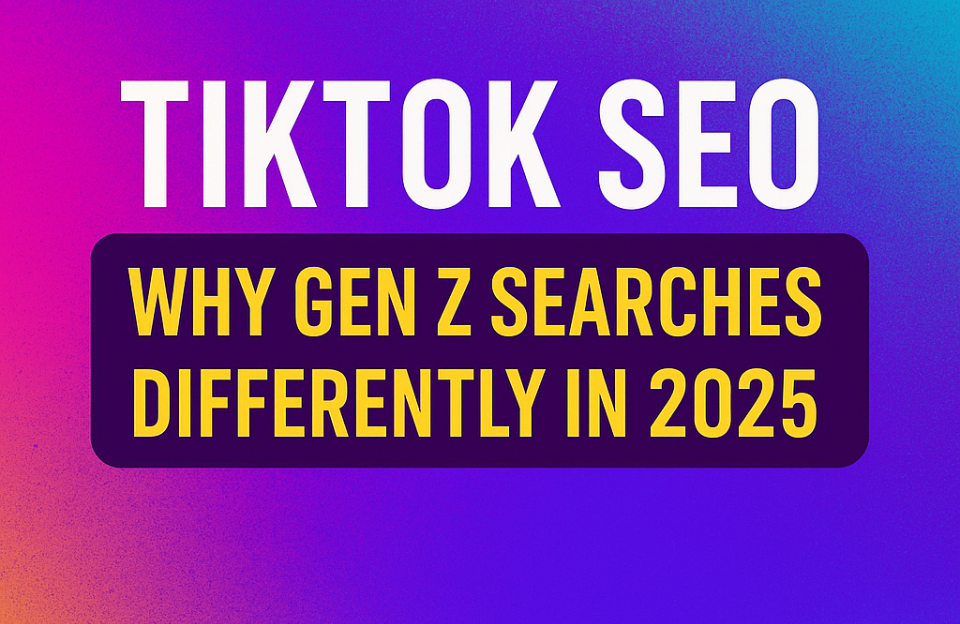The Limbic Map: Understanding Emotion in Consumer Behavior
In the world of neuromarketing, few models offer as much clarity and psychological depth as the Limbic Map by German neuroscientist Hans-Georg Häusel. This framework bridges neuroscience and marketing by classifying emotions that drive consumer motivation into three core systems: Stimulance, Dominance, and Balance. Each system plays a critical role in shaping why people buy and how brands can align their messaging with emotional triggers that influence behavior on a subconscious level.
What Is the Limbic Map?
The Limbic Map is a neuroscience-based model that organizes human emotions and motivations into a circular visual framework. It’s rooted in how the brain’s limbic system processes emotions and decisions. According to Häusel, emotions are not random reactions they follow patterns, and those patterns can be mapped. This insight gives marketers a powerful tool to design campaigns, products, and customer journeys that align with emotional drivers.
The Three Core Emotional Systems
At the heart of the Limbic Map are three dominant emotional systems:
1. Stimulance (Excitement, Adventure, Curiosity)
This system is driven by novelty, fun, exploration, and variety. Consumers motivated by Stimulance seek out experiences that feel new, exciting, or unconventional.
- Example: Red Bull leverages Stimulance by emphasizing thrill, adrenaline, and pushing boundaries: “Red Bull gives you wings.”
- Brands that often target Stimulance: GoPro, TikTok, MINI, MTV
2. Dominance (Power, Autonomy, Achievement)
This system is about status, leadership, control, and performance. Consumers driven by Dominance prefer brands that convey strength, exclusivity, and self-determination.
- Example: Apple taps into Dominance by positioning its users as creators, innovators, and status-conscious individuals.
- Other examples: Nike (“Just Do It”), Tesla, Rolex, BMW
3. Balance (Safety, Harmony, Trust)
This system centers around security, stability, family, and familiarity. Brands that activate Balance communicate reliability, tradition, and peace of mind.
- Example: Volvo emphasizes safety and family consistently activating the Balance system in its messaging.
- Other examples: Nivea, IKEA, Allianz, Pampers
How Marketers Can Use the Limbic Map
Understanding which emotional system your brand taps into allows you to align content, visuals, product development, and even in-store experiences accordingly. Here’s how to apply the Limbic Map in practice:
- Brand Positioning: Define which emotional system your brand resonates with, then amplify that throughout your storytelling and design language.
- Product Development: Match product features with emotional benefits. For example, a Balance-focused product might highlight its safety certifications or long-term reliability.
- Ad Copy and Visuals: Use emotion-congruent visuals. Stimulance requires dynamic visuals and language, while Balance might favor calm tones and family-oriented themes.
Strategic Advantages of the Limbic Map
- Deeper Customer Insights: Move beyond demographics and psychographics tap into core emotional motivators.
- Better Campaign ROI: Ads that emotionally resonate perform better. Targeting the right emotional system reduces ad fatigue and boosts conversion.
- Improved Segmentation: Use the Limbic Map to segment audiences based on emotional preference clusters rather than surface-level traits.
Real-World Case Studies
Volvo: Safety = Balance
Volvo consistently emphasizes peace of mind, family protection, and long-term reliability. It rarely competes on speed or design it’s brand DNA is rooted in trust and safety.
Red Bull: Adventure = Stimulance
From sponsoring extreme sports to launching a space jump, Red Bull thrives on excitement and youth culture. The brand builds an identity that makes people feel alive and curious.
Apple: Power = Dominance
Apple’s clean design, innovative tone, and elite pricing all suggest power, independence, and creative control, perfect for consumers in the Dominance quadrant.
Limbic Map vs Traditional Marketing Segmentation
Whereas traditional segmentation focuses on demographics (age, income, location), the Limbic Map focuses on how consumers feel. Emotional segmentation often reveals hidden patterns behind loyalty, brand preference, and purchasing behavior. For example, two 30-year-olds in the same city may respond to completely different brand messaging based on emotional drivers rather than age or gender.
Criticism & Limitations
While the Limbic Map is powerful, it should not be the sole framework for all marketing strategy. Some critics argue it oversimplifies complex emotional landscapes or lacks empirical validation in some contexts. It’s best used as part of a broader strategy that includes quantitative data and behavioral insights.
Conclusion: Emotional Mapping as a Marketing Superpower
By tapping into the emotional systems identified by Hans-Georg Häusel, brands can design more human-centric campaigns, develop products people actually crave, and establish deeper emotional resonance. The Limbic Map is not just a psychological curiosity, it’s a strategic roadmap to more authentic, effective marketing.
So next time you design a campaign, ask yourself: are you speaking to their mind or their emotions?





